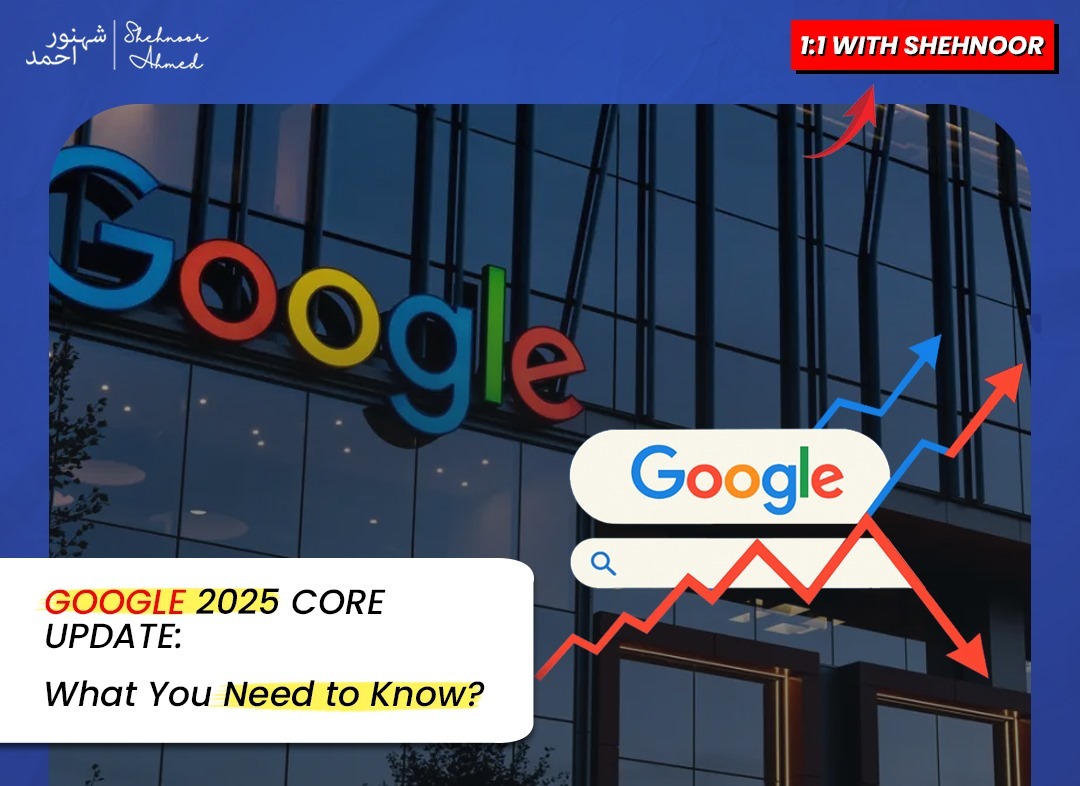
Google Core Update 2025: Who Wins, Who Loses
So, Google just rolled out another Google core update 2025, and from what I’m seeing, a lot of people are freaking out right now. Rankings are all over the place. Some folks woke up to find their business cut in half. Others are suddenly on runner one, wondering what they did right. Still, there’s your answer if your website’s been acting weird lately. This Google core update 2025 hit differently than the former bones, and we need to talk about what’s actually passing. What is Different About This Google Core Update 2025? Then is the deal. Google keeps saying they want helpful content, right? We have heard that a million times. But this time around, they are not intruding presently. They have gotten really good at figuring out why you wrote commodity. Did you write it because you actually wanted to help someone? Or did you just want to rank for a keyword and make some plutocrat? The algorithm can tell now, and it’s acting on it. I have been watching spots in my niche, and the difference is clear enough. The bones doing well are not doing anything fancy. They are just being real. Also read: Meta Targeting in 2025 Who is Winning Right Now? Let me tell you about the spots that are climbing up the rankings after this Google core update 2025. First over, people with factual experience. Not just someone who read many papers and rewrote them, I am talking about real experts who’ve been in the trenches. However, you are golden if you are a plumber writing about plumbing or a chef participating in fashions you’ve tested fifty times. Google eventually figured out how to spot real moxie. Also, there are spots with personality. You know the bones where you can tell there is a factual person behind the words. They share stories about what went wrong, what worked, and what they learned. That stuff you can not fake. Those spots are doing great. And then it is a commodity. The websites that stopped fussing about SEO tricks and just concentrated on their content? They are the bones winning. Turns out, when you write for humans rather than robots, the robots like it more anyway. Who Got Crushed? Now for the painful part. Some spots got absolutely pounded. The content manufacturers that pump out ten papers a day? Not looking good. You know the type- super general, could be about anything, no real depth. Google’s done with that. Traffic’s dropping presto for those spots. Also floundering are the copyists. The spots that just look at what is ranking and make their own interpretation of the same thing. Google wants original stuff now. However, why would they show you in the results? If you’re just rewriting what everyone else already said and those really short papers that slightly cover the content? They are fading. A 300-word post about” how to start a business” that does not actually tell you anything useful? Yeah, that is not ranking presently. What Should You Actually Do? Okay, so what does this mean for you and your business? First thing- stop scarifying. I know that it is easier said than done when your business drops, but these updates generally help the good guys in the long run. Google’s trying to show better results. However, you will be fine if you are creating good stuff. Then is what matters now. Forget about keyword viscosity and all those specialized SEO tricks you’ve been obsessing over. They still count a bit, but way lower than ahead. Rather, think about what your guests actually need to know. What questions do they ask you all the time? What do they struggle with? What would actually help them? Write about that stuff. Use the words you’d use if you were talking to them in person. And please, bring yourself into it. What have you learned from doing this work? What miscalculations did you make? What worked better than you anticipated? Partake that. nothing differently has your exact experience. Simple Effects You Can Do This Week Do not overthink this. Then is what I’d do if I were you. Go look at your website right now. Find your worst posts- the bones that are thin, boring, or outdated. Either fix them up duly or just cancel them. Seriously. Bad content is hurting you now. When you modernize stuff, do not just change the date and add a paragraph. Really ameliorate it. Add exemplifications. Partake of what you’ve learned since you wrote it. Make it a commodity you’d actually want to read. Pick the motifs you really know about and go deep on those. Do not try to cover everything. Be the stylish resource on the specific effects you are good at. And make sure your point does not stink to use. Is it decelerating? Fix it. Hard to read on phones? Fix that too. Confusing navigation? You get the idea. Then is The Real verity This Google core update 2025 is not trying to hurt you. Google just wants to show people good results. However, you are presumably okay if you’ve been doing effects right. Perhaps indeed better than okay. But if you’ve been cutting corners or trying to trick the system, now’s when that catches up to you. The good news is you can turn it around. Just start doing the right thing. The spots that win are not always the ones with huge brigades or massive budgets. They are run by people who actually care about helping their followership. People who show up as themselves and are not spooked to be real. Look, I have seen a plenitude of updates come and go. The bones that survive are the bones that concentrate on their people rather than the algorithm. Every single time. FAQs How long until my point recovers if I get hit with Google Core Update 2025? Actually? It depends. I have seen some spots bounce back in many weeks after they fixed their




